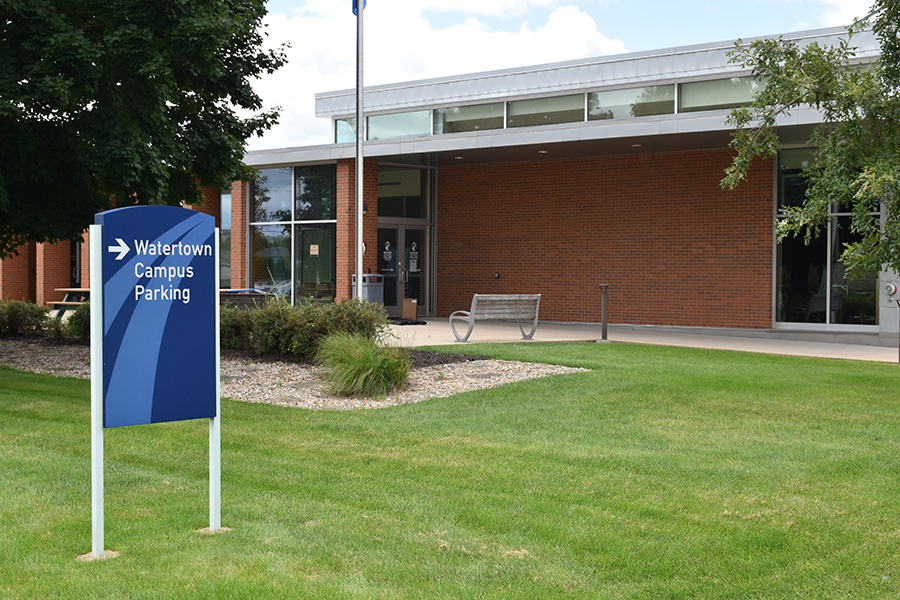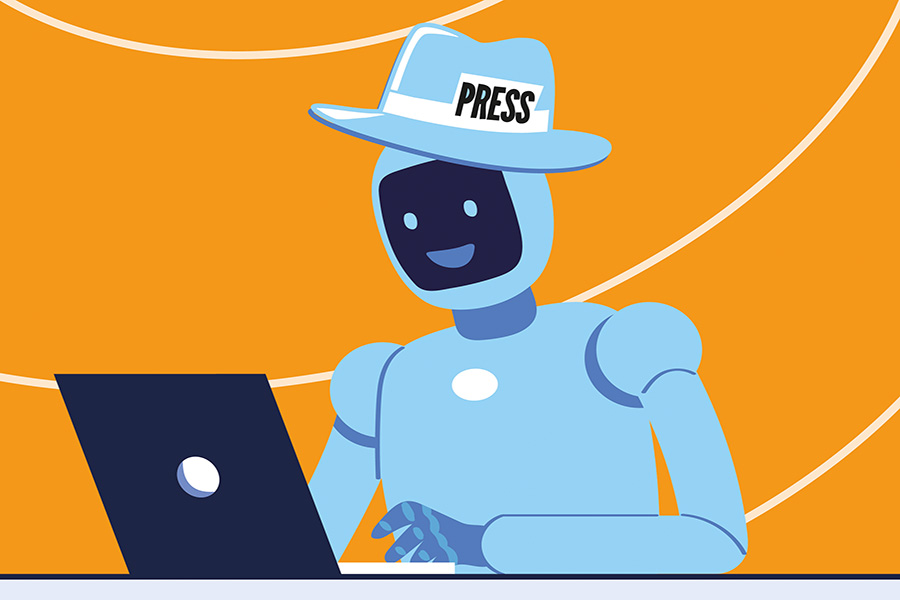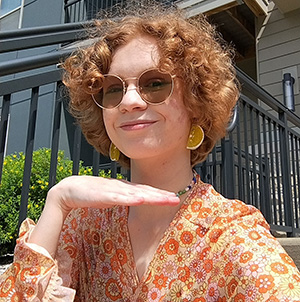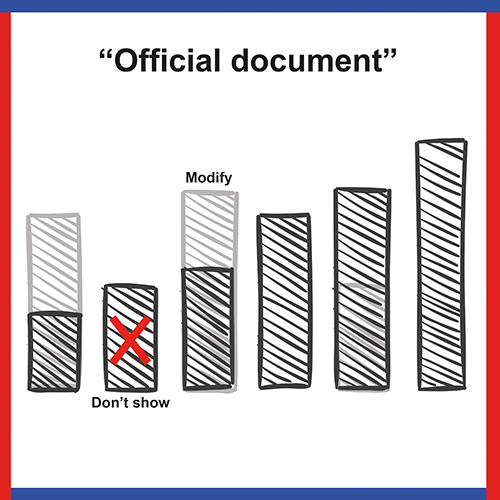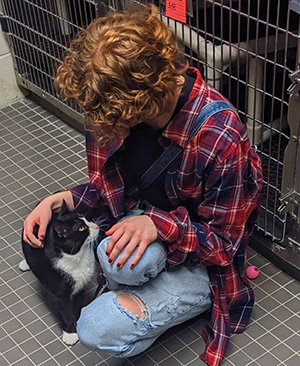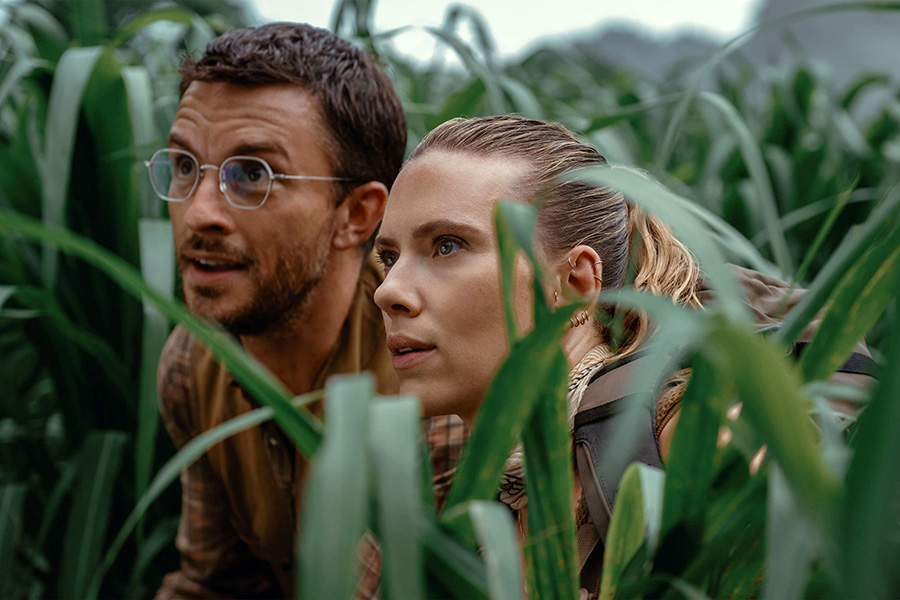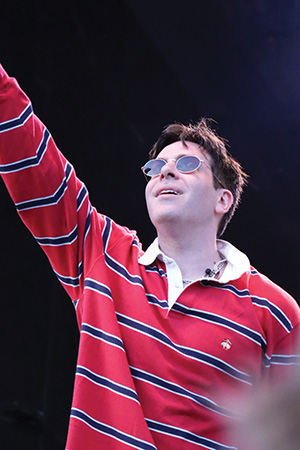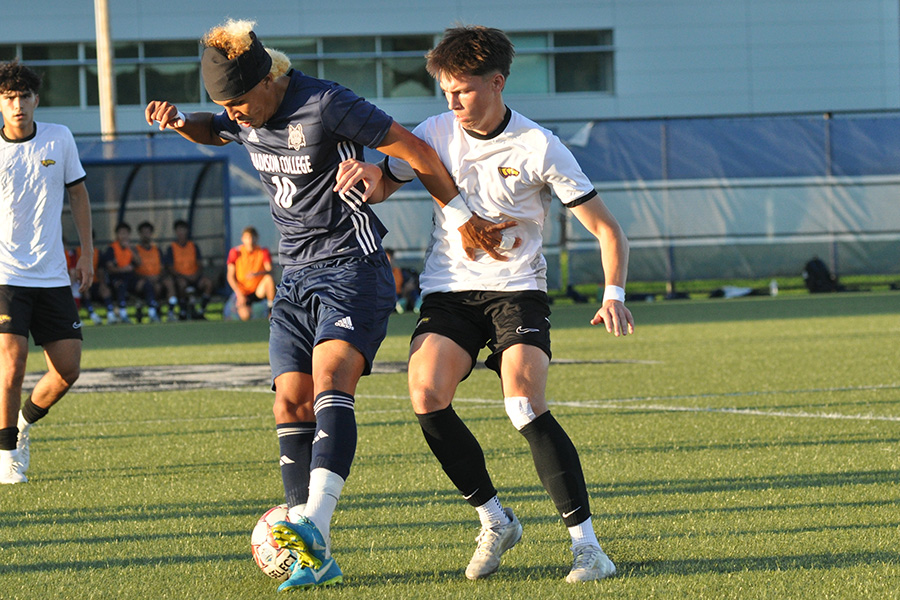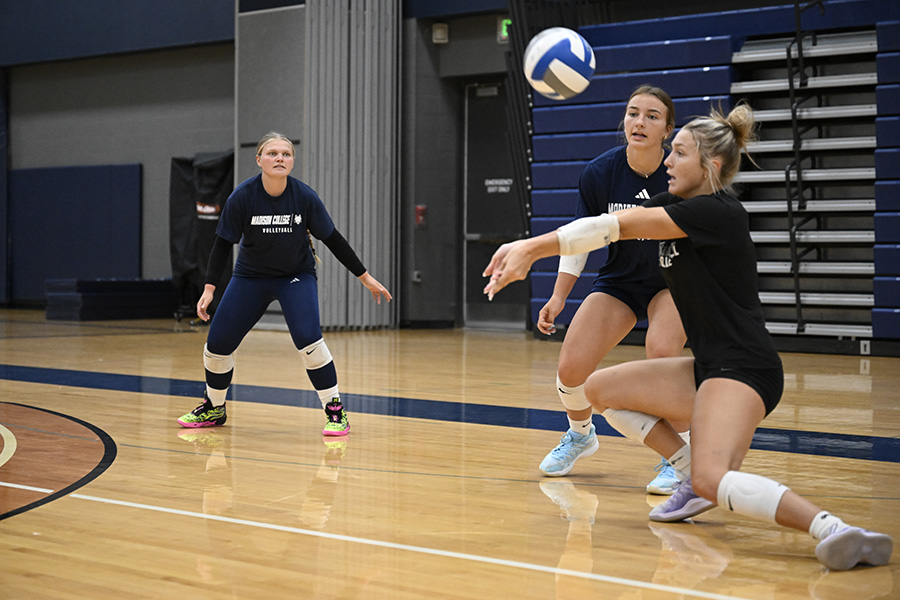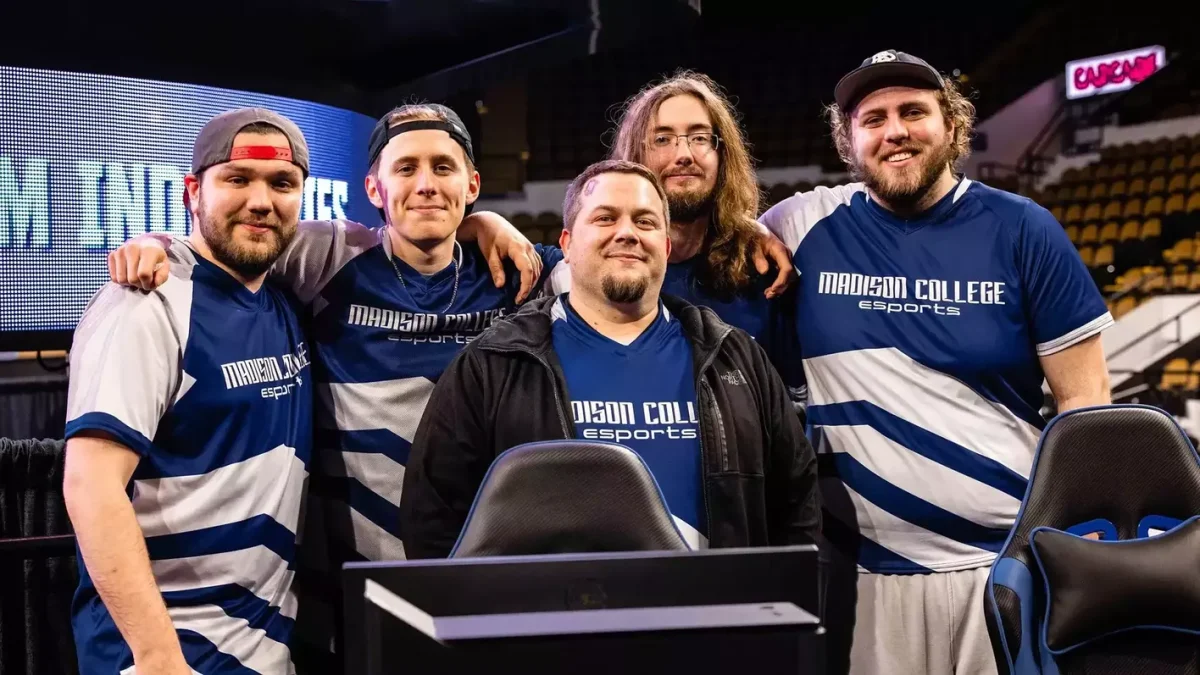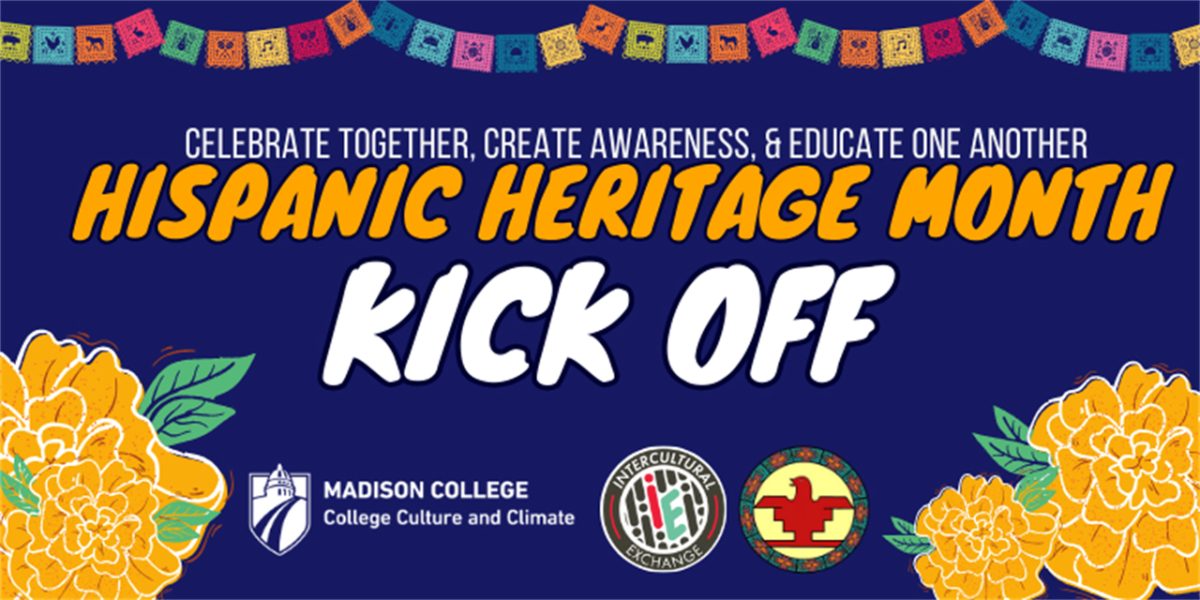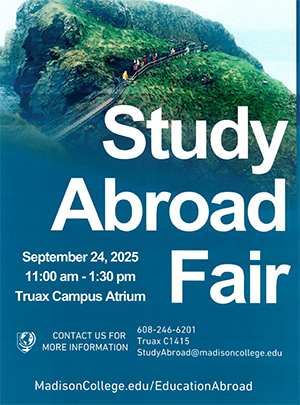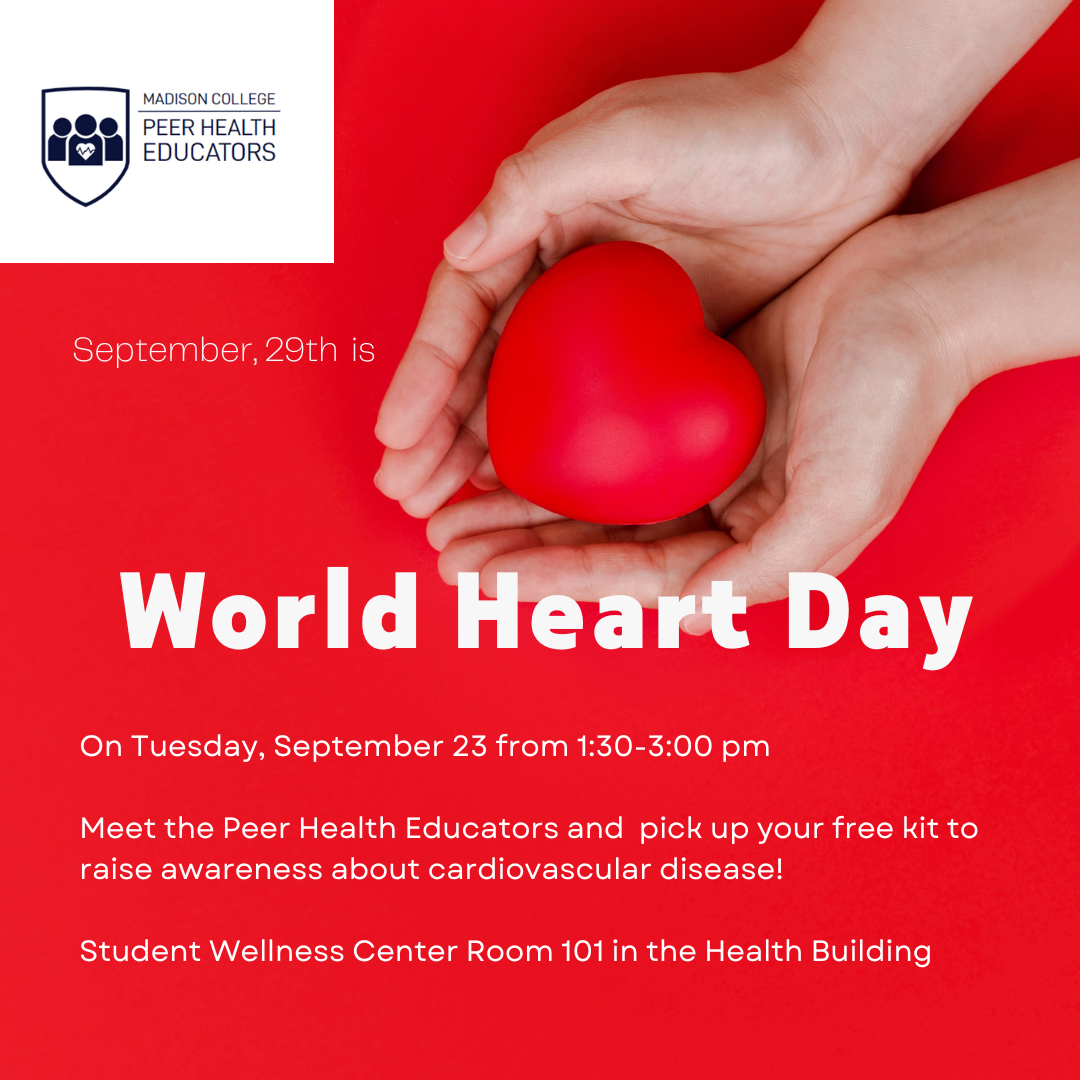Pete Schaeve of The Clarion recently was able to sit down with Erin Zindle of the Ragbirds for an exclusive Q&A session.
Pete Schaeve: How did you get the name the Ragbirds?
Erin Zindle: I use a lot of bird imagery in my poetry and my music and my art. When I was brainstorming for a name for the band, I wanted to start there, with the bird imagery. And I was drawing on sounds from all over the world to create this tapestry of music, which very much felt like a patchwork. And I was sewing together all these rags and scraps I had gathered from all over the world. So the name, the Ragbirds, kind of came from that process of the brainstorm to convey something that was patched together and humble and homemade and yet still had the capability of flight.
PS: What are some nations you have taken musical influence from?
EZ: I’ve just always loved gypsy fiddling too, so I started to play that. I started to drum on an African djembe when I was a teenager around the same time. So there’s music from Ireland, from gypsy music, which is kind hard to pin down to one region. From all over Eastern Europe and beyond. And also my husband plays percussion with the band, and he plays a lot of latin rhythms and Afro-Cuban style drumming. We do African poly rhythms, traditional African rhythms in our live show. We will each pull out a drum and perform some African rhythms. That’s always a highlight, a fun point of the show. And there’s more sounds represented. I could go on listing them. It’s a pretty broad world that I draw from.
PS: What’s great about exposing new fans to your music for the first time when it’s a festival set?
EZ: We really stand out. Our music is really hard to describe to people. And because we draw on so many influences, the music is really high energy, we really stand out at a music festival. And people really tend to be drawn into what we’re doing. What I love most, is seeing the interaction of joy. We’re having so much fun on stage. And people coming up to listen..it’s contagious. They catch on right away. And I can see that transaction happen in front of me. And I love when people tell me that they had a great time. But beyond that, they’ll sometimes tell me that they’ve had a transformative time. That they maybe really came into it not feeling so good, but just left feeling awesome.
PS: When you watch another act at a festival, do you get inspired to raise the level of your playing?
EZ: Yeah, all the time. I’m constantly inspired by the fabulous musicians around me. In Michigan there are some great musicians. I think we’re always kind of helping each other raise the bar. I think that’s so important in anything you do. Just to be looking to people who are doing it at an excellent level and just constantly aspiring to be better.
PS: When/where was the biggest crowd you have played for?
EZ: I think the biggest crowd was actually in Yokohama, Japan at the Green Room Music Festival. We played for somewhere between 5 and 10 thousand people. The whole place could hold 10,000. There were at least 5,000 people in the room present at our show. It was unbelievable energy and just such an amazing experience to be there so far from home and feel this extreme sense of welcome and excitement.
PS: How surprising was that to see fans in Japan singing some of the lyrics?
EZ: There’s nothing that can even describe what that was like. It was surprise. It was just so touching to me… It’s hard to even find words to describe it.
PS: Your new album “Travelin Machine” exhibits your group’s diverse styles of play. Is it tough to craft something displaying your wide spectrum of sound while remaining a cohesive listen?
EZ: Well I think that that happens naturally. I don’t set out to make it cohesive. It’s all coming from me, from my voice, from my thoughts and ideas, my lyrical ideas. I think that the cohesion just happens somehow. I’m glad that it happens. But I’m not trying to make it happen.
PS: All music is a hybrid of other styles and influences. Originality is truly elusive. What’s exciting about combining some bluegrass instrumentation with instruments from more world styles?
EZ: It’s the west meets east, kind of bigger picture. I think just playing around with different styles of music is a really joyful experience for me. I get really excited to put two different styles together and see it work. I see music as all these different styles, and are different colors in a palate. I just love to play with them. It’s sort of like a child-like feeling, creating with them. The ideas just come naturally. For example, and I think maybe the song that you’re thinking of most is a song called “Following You”. It has banjo in it, it’s kind of bluegrassy. Then somewhere in the middle of it, it ends up being very Eastern sounding right in the middle, in the bridge. I was just zoning out, playing my banjo, and practicing it to get it even. And I kind of hit the wrong string. It was an accident at first. I really liked the way it sounded, so I kept doing it over and over. It was this very Eastern like trancelike thing that I stumbled upon. I was in a very prayerful mood, and I was praying while I was singing, and the lyrics kind of came out. That was just something that happened very naturally. I wasn’t saying to myself. Here I want to set out to do a bluegrass jam, and I’m going to add this Eastern sounding bridge. Sometimes I just kind of stumble upon the combination, and it’s sort of a lucky accident.
PS: “Acrobats” talks about love and marriage. “…love is a high place to climb… love is a thin road to walk… it’s a good thing… we’re acrobats, you & I… because from here it’s a dangerous fall…” The last minute, the tempo picks up, and it sounds like it symbolizes a fall. What was meant with that jam?
EZ: I have this picture in my mind. I was thinking about how difficult it is to stay married, and to keep a relationship that’s supposed to be lifelong, to keep it healthy and going. I just. That whole song started with those warnings on TV. Please, don’t try this at home. It just kind of reminded me of this acrobatic feat. That you’re like, well, somehow we’re making this work. We’re kind of learning the moves and the steps. We’re learning how to do this dangerous thing. Not that I don’t recommend it. It’s kind of this warning almost. So it became almost this circus tune, almost the music behind the whole song. And, yeah. You’re totally right. When I say at the end, it’s a dangerous fall. I just decided to make that musically be visualized in the song. So people could picture it. While we were recording it, to give little markers in the music, to show the other musicians where to make changes and where parts come in, I was kind of, this was cut out of the final take, but I was kind of narrating it. Here’s the swinging of the… So I was really kind of explaining the picture throughout so that the musicians performing that end section could follow along and know and have the same visualization.
PS: I recognize a few of the tracks off the new album. Have you tried them all live already? And is that something you usually do, play them live before you record them?
EZ: Yeah. On this new album, we road tested all of the songs ahead of time. And that was something we hadn’t done on previous records. We decided we wanted to make our album more like our live show. Because that was the feedback we heard most often from fans. Wow, you’re live show is so exciting and it’s so much better than your record. Not that the records aren’t good, it’s just that the live shows have so much energy. And it’s hard to capture that on a record. We decided to road test these songs. Our main objective for this album was to try to capture the live show experience as much as we could on the album.
PS: Some of the world rhythms you guys play remind me of what the Toubab Krewe does. What do you think of those guys?
EZ: Yeah. They’re amazing. I’ve performed with them. I’ve played my violin with them. We’ve played together. Done some shows together. Really good guys. Really great musicians. Of course, there’s a similarity because they’re also drawing from the same place, from Africa. There’s a common vibe in that stylistic choice.
PS: Your van runs on diesel and used vegetable oil. How does it feel to know your van emits very little carbon into the atmosphere while you are on tour?
EZ: It’s very freeing. We feel like we’ve cut ourselves out of that oil cycle, perpetuating all these wars and greed and damage. It is a good feeling. Not to pat ourselves on the back too much, but we do what we can. We still do use diesel fuel. It’s not a 100 % perfect system. But it’s something. But we definitely feel better about all the touring that we do in the last couple years since we’ve gotten that system.
PS: What one musician, dead or alive, would you like to meet?
EZ: Paul Simon. That’s another easy one. He’s just my hero. I’ve had dreams about meeting him. I’ve had dreams where he’s like at a show. I’m like really? Paul Simon’s here? I know his music so well and I love him so much.
PS: You’ve said, “It’s like an addiction- collecting instruments. I’m always in search of a sound…” Great musicians have a hunger for new and fresh instruments and sounds. Any new instruments or world sounds that have intrigued you recently?
EZ: Yes. We just started adding it to our show. I’ve got an electric Kalimba. It’s the African thumb piano. I used a kalimba on the new album on the song, “Silence is Everywhere.” We decided to perform that song live. I had a friend build me a kalimba, and he made it the shape of a bird, and it’s beautiful, and it sounds amazing. And I’m so excited to start using it. We just started recently to add that into our show.




